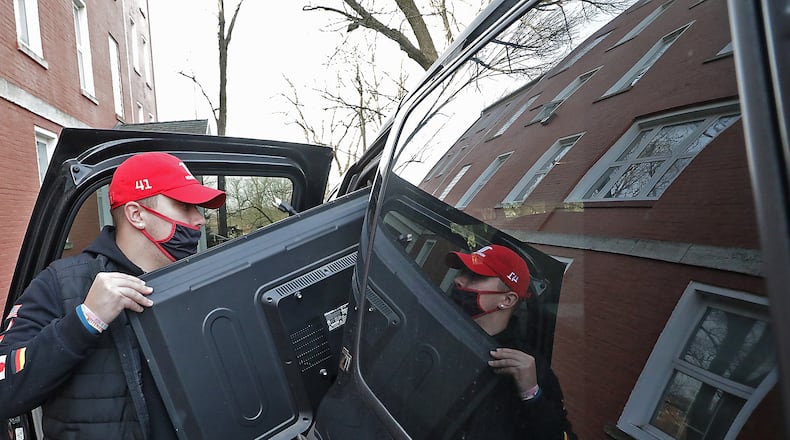There are only three active cases and one probable case as of Tuesday, according to the college’s COVID-19 case data. Gill said eight students are in quarantine as a result of those positive cases.
To help keep the COVID-19 spread low, spring break was canceled and students are being asked not to leave campus.
“We asked them not to leave campus unless it’s an essential need, related to academic work or a necessary job to go off campus,” Gill said.
Gill added that the college doesn’t have a large number of commuters, and those students come to campus, go to class, spend time in spaces with distancing and wear masks, so it’s a “low risk for them coming and going.”
Although the college has asked students not to leave campus, they have not prohibited them from going to their permanent residences.
“We did learn in the fall that prohibiting students to go visit families, it was really tough on our students, so we do allow them to go to permanent residences as long as they understand any kind of safety concerns that may present for them and their families,” Gill said. “We decided for their mental health and overall wellbeing, we don’t want to limit them from going to their permanent residence.”
Since there will be no spring break, the college has scheduled three vacation-type days for Feb. 25, March 10 and April 27. Gill said they are also trying to plan some activities during that time while following all health protocols.
At the beginning of the spring semester in January, students were required to take a COVID-19 test as they returned to campus.
There were a total of 1,218 people tested, including 100 employees. Out of those tests, 27 were positive.
“All were isolated. Direct contacts on campus were limited so we could isolate and quarantine as needed pretty early to start the semester successful,” Gill said.
Gill said the college will continue to test roughly 200 student athletes per week as they start to launch their more interactive athletic programs.
“It’s something we feel to be another measure put in place to prevent the spread on campus,” she said. “It will be student athletes mostly and we will test all that fall into high contact sport categories then also some in intermediate contact.”
Gill said students following health and safety protocols is what’s most critical for them to have as safe of an environment as they can.
“What’s known to be successful for us is face coverings and masks, physical distancing and proper hand hygiene. It’s most critical for us to have a safe environment on campus. Students are thankfully doing a good job abiding by those expectations,” she said.
About the Author

